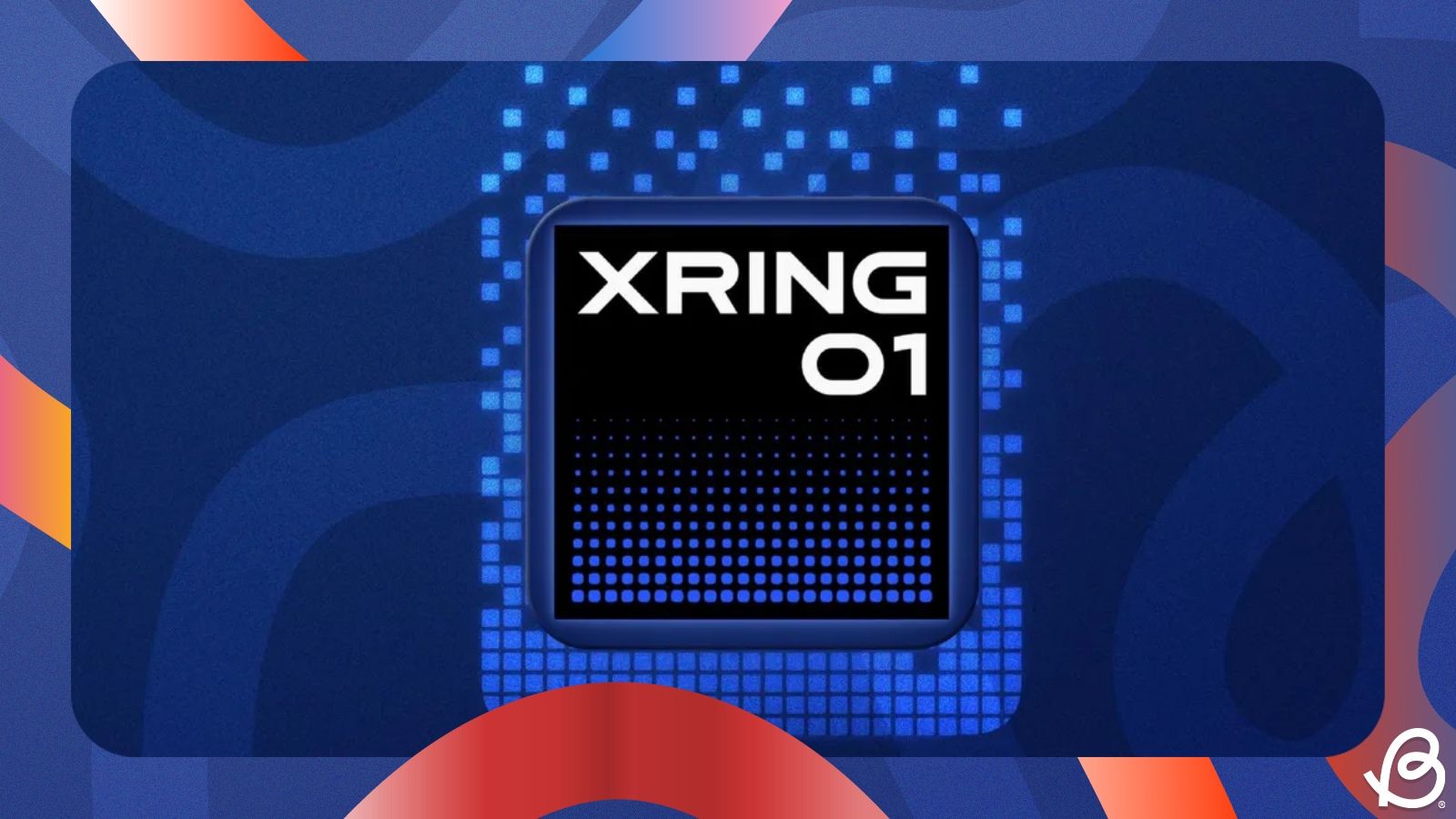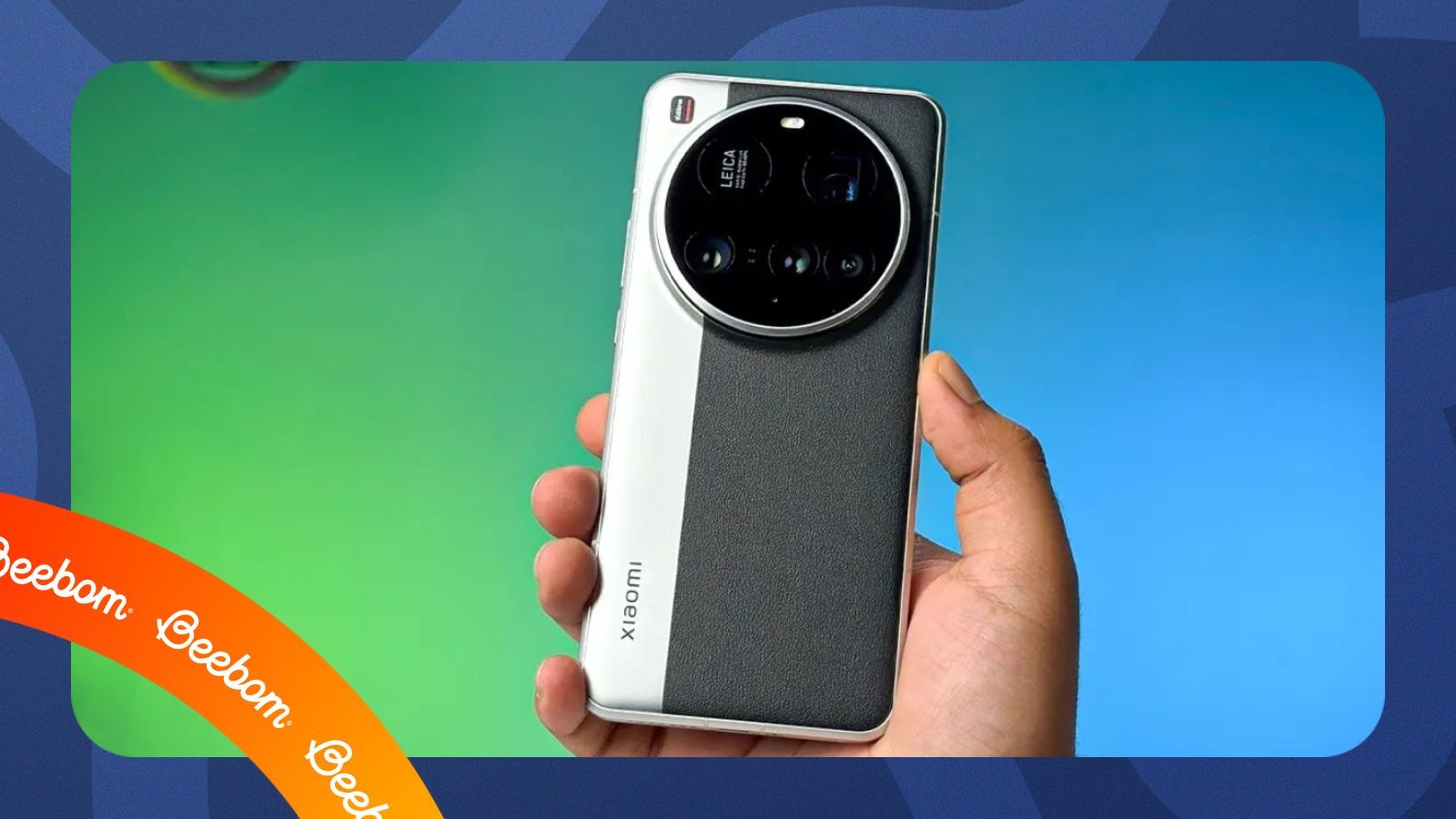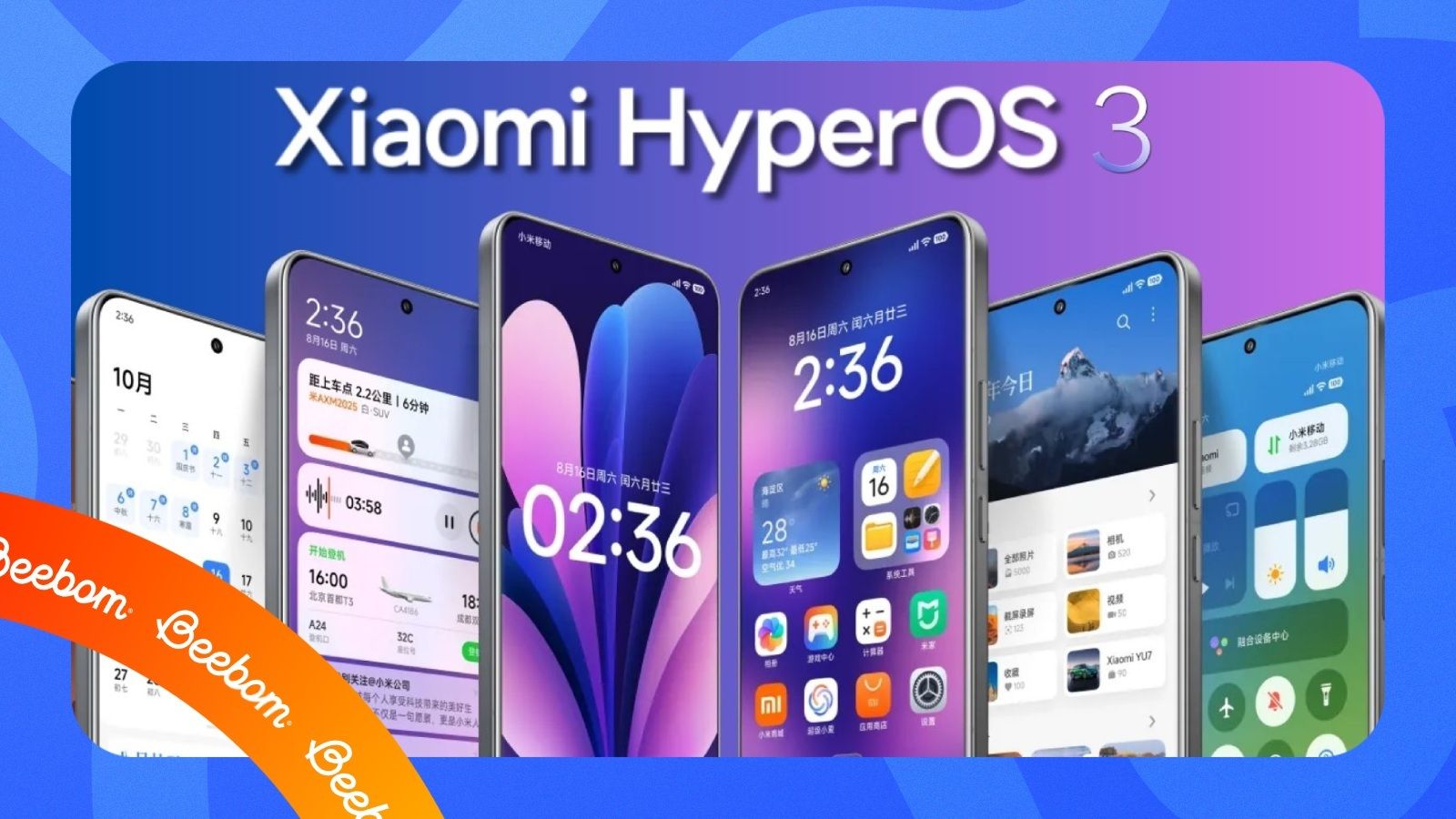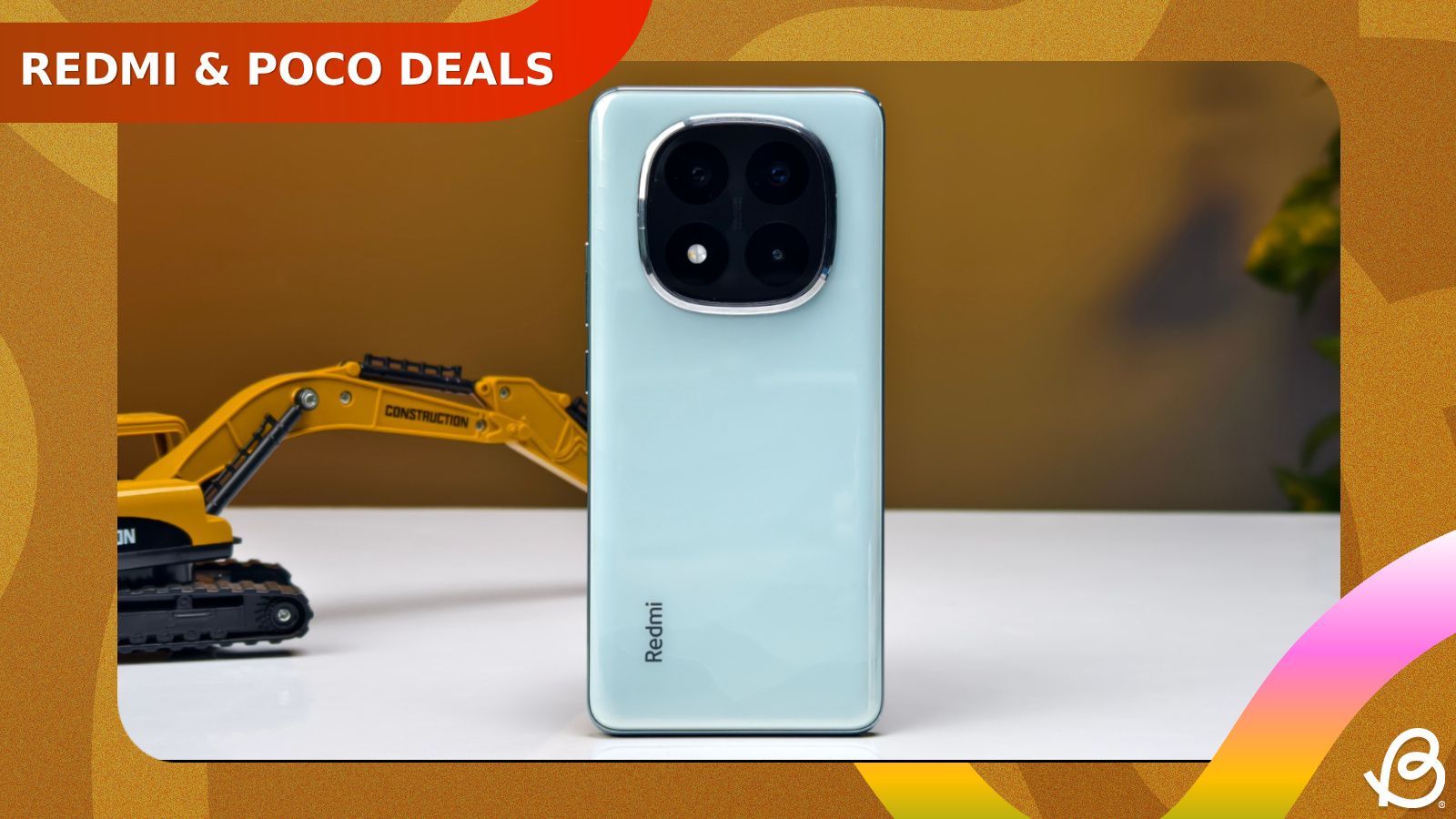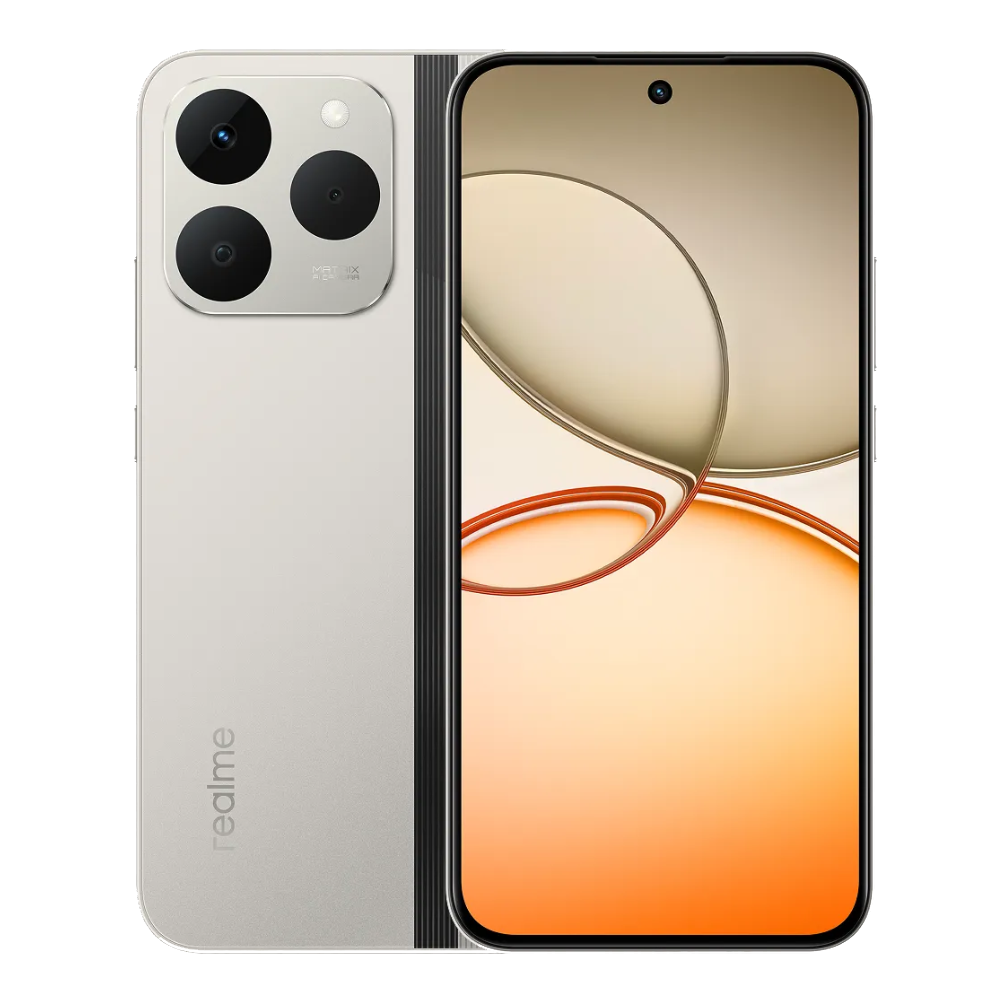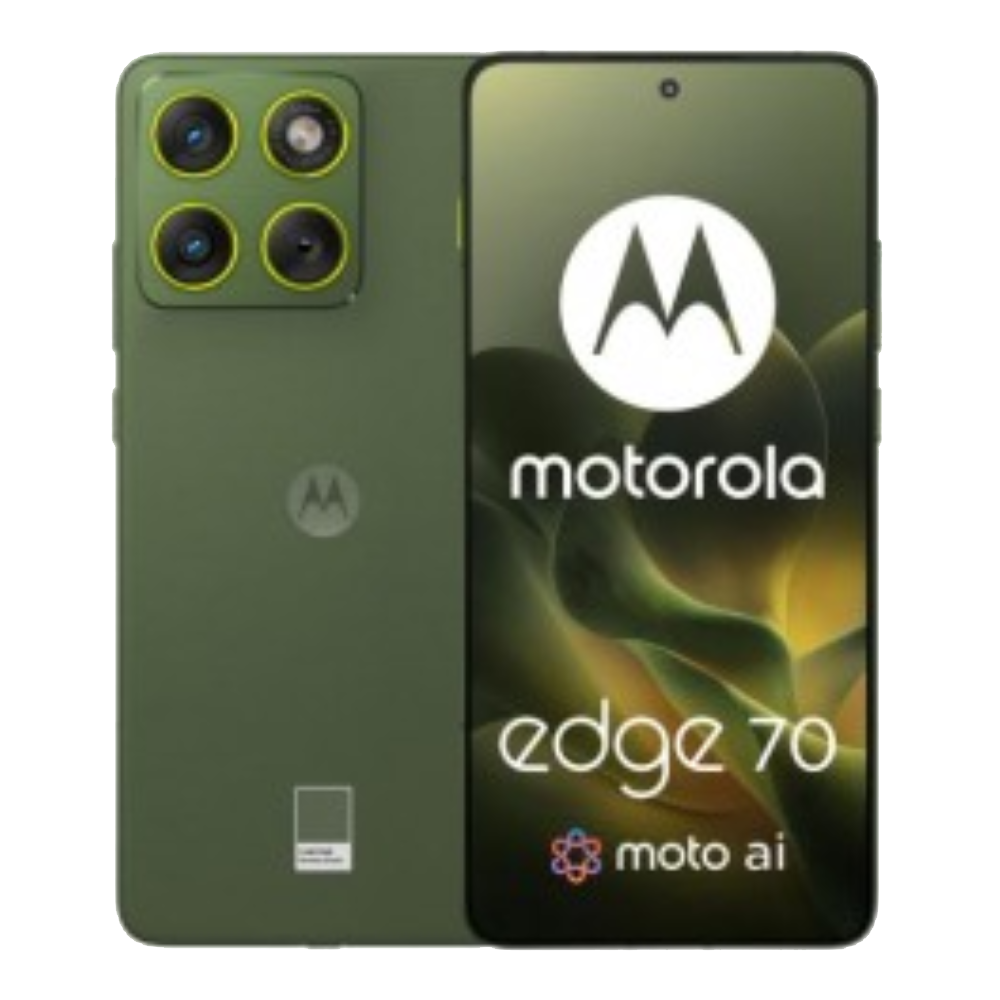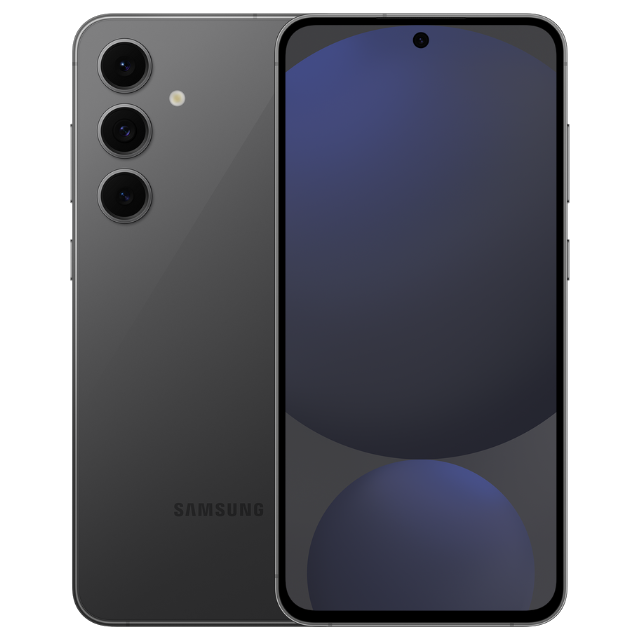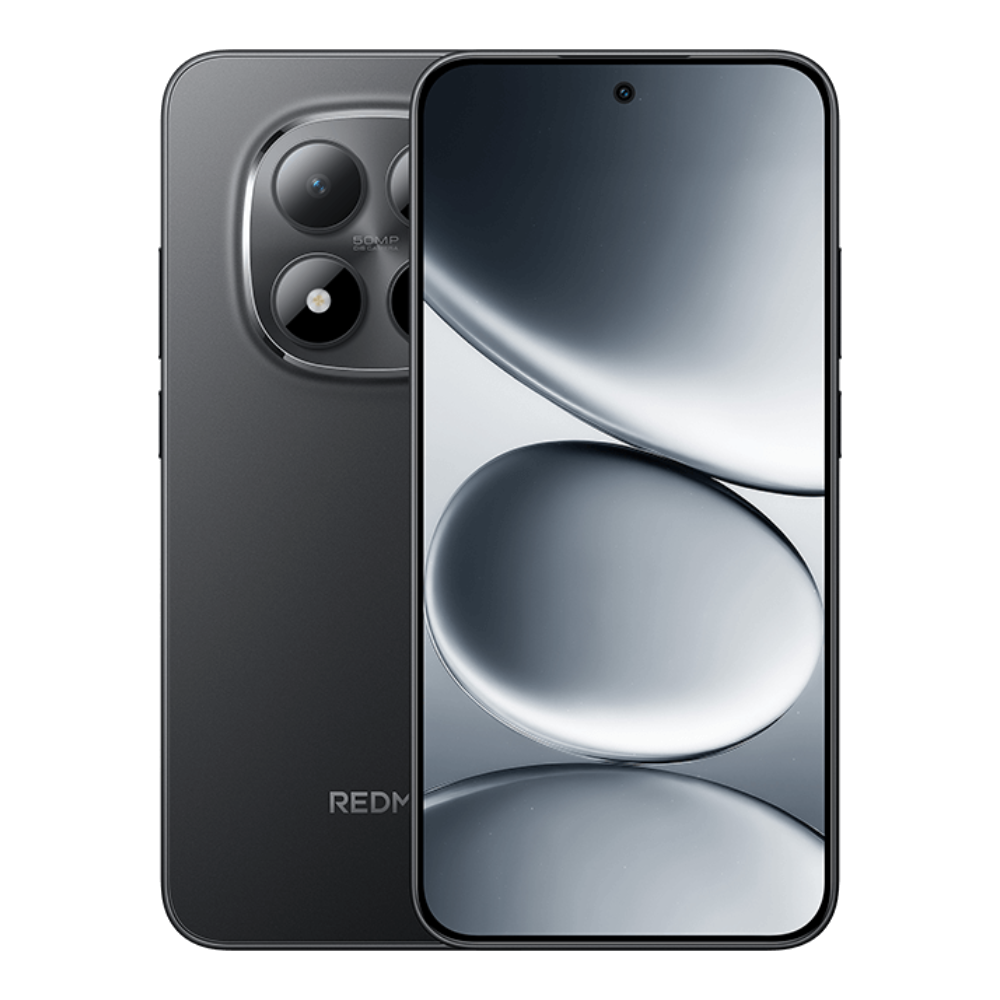Xiaomi's first flagship chipset for smartphones, Xring O1, is out and it's powering the Xiaomi 15s Pro which launched in China earlier this year. We have sourced the device and benchmarked the Xring O1 chipset on several benchmarks including AnTuTu, Geekbench, CPU Throttling test, and more. On that note, let's go ahead and check out how well Xiaomi's flagship in-house chipset performs.
Xiaomi Xring O1 AnTuTu Score
AnTuTu Benchmark | Score |
Xiaomi Xring O1 AnTuTu Score | 2,571,077 |
CPU | 598,691 |
GPU | 1,068,787 |
Memory | 537,062 |
UX | 366,537 |
In the AnTuTu benchmark, the Xiaomi Xring O1 chipset scored a whopping 2,571,077 points, crossing the 2.5 million mark. Its 10-core Arm Cortex CPU and 16-core Arm Immortalis GPU performed exceptionally well.
AnTuTu is a benchmark that evaluates everything including the CPU, GPU, memory, and UX performance. So it's great to see Xring O1 doing so well in all aspects. That said, keep in mind that the temperature rose to about 41.3°C after the test run, which is slightly on the higher side.
Xiaomi Xring O1 Geekbench Score
Geekbench 6 CPU | Xiaomi Xring O1 |
Single-core | 2,917 |
Multi-core | 9,114 |
Next, in the Geekbench CPU test which evaluates the peak single-core and multi-core CPU performance, the Xiaomi Xring O1 again delivered great results. In our test, the Xring O1 scored 2,917 in the Geekbench single-core test and 9,114 in the multi-core test.
With 10 CPU cores, I was expecting that Xring O1 might cross the 10,000 mark in the Geekbench multi-core test, but it fell short. However, we must note that this is Xiaomi's first flagship chipset and the company may optimize the CPU to perform better in its next iteration.
Xiaomi Xring O1 CPU Throttling Test
CPU Throttling Test | Xiaomi Xring O1 |
Maximum Score | 485,066 GIPS |
Average Score | 450,141 GIPS |
Minimum Score | 409,395 GIPS |
Throttling Percentage (Higher is better) | 89% |
Now coming to the CPU Throttling Test that evaluates the sustained performance of the CPU on heavy workload. To be clear, the Xring O1 chipset impressed us with its sustained multi-core CPU performance. Its CPU throttled to 89% of its maximum performance in a 15-minute test, and we didn't see any major dip during the test.
In fact, it scored an impressive 485,066 GIPS during the test. However, after the test, the surface temperature touched 44°C, a tad bit higher than competing chipsets like the Snapdragon 8 Elite.
Xiaomi Xring O1 Geekbench GPU Score
Geekbench 6 GPU | Xiaomi Xring O1 |
OpenCL | 20,820 |
Vulkan | 21,807 |
Since we couldn't run the 3DMark graphics benchmark on Xring O1, we benchmarked the Arm Immortalis G925 MC16 GPU using the Geekbench GPU test. In the Geekbench 6 GPU test, the Xring O1 scored 20,820 using OpenCL API and 21,807 using Vulkan API. It clearly shows that the GPU in Xring O1 is plenty powerful and can run games at the highest settings.
Benchmark Gallery
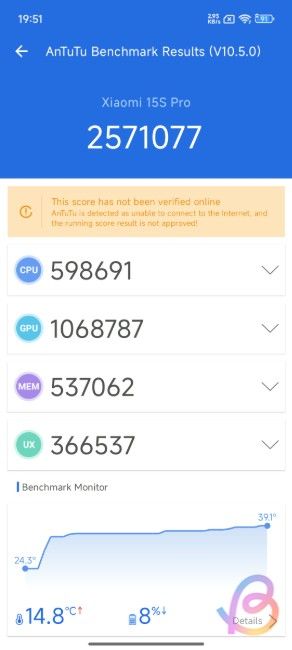
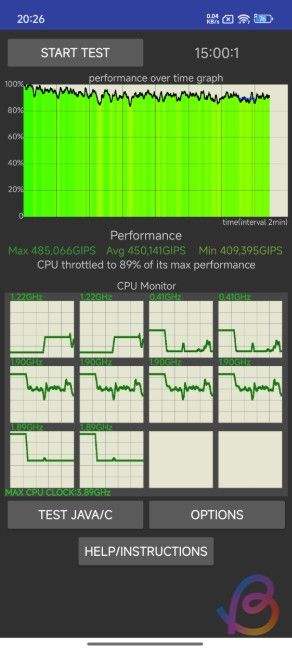
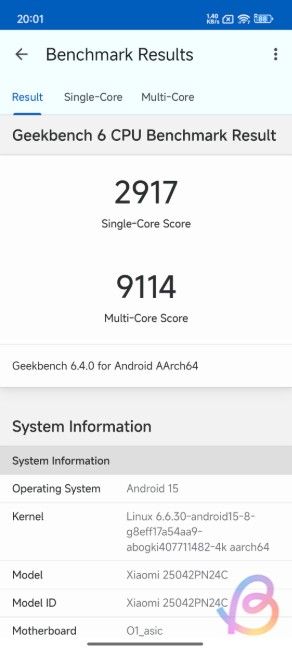
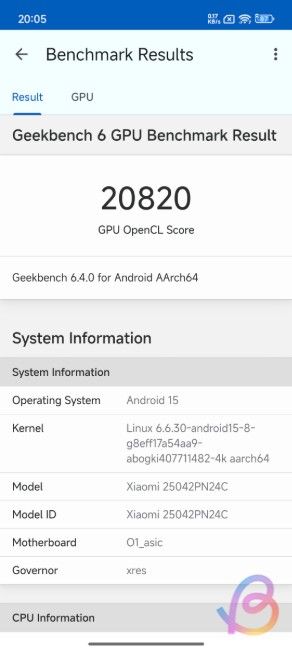
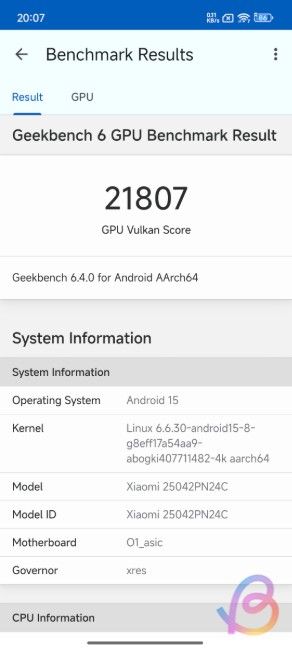
Xiaomi Xring O1 Specs
Specs | Xiaomi Xring O1 |
Process Node | TSMC’s 3nm (N3E) |
CPU | 10-core Arm Cortex CPU |
CPU Cores | 2x Cortex-X925 (3.9GHz), 4x Cortex-A725 (3.4GHz), 2x Cortex-A725 (1.9GHz), 2x Cortex-A520 (1.8GHz) |
GPU | Arm Immortalis G925 MC16 GPU |
Storage and Memory | UFS 4.1 LPDDR5T, up to 9600 MT/s |
NPU | 6-core NPU, up to 44 TOPS |
ISP | Xiaomi's in-house 4th-gen ISP |
Modem | MediaTek T800 5G modem, Peak download speed up to 7.01Gbps, Peak upload speed up to 3.55Gbps |
Connectivity | Wi-Fi 7, Bluetooth 5.4 and UWB |
Verdict
After the Surge S1 which was a mid-range SoC, Xring O1 is Xiaomi's second attempt at making a smartphone processor, a flagship one at that. And Xiaomi has nailed it, this time. In my book, the Xring O1 processor is a monumental achievement by Xiaomi. It delivers great performance across the CPU and GPU in our initial testing.
Sure, there are some heating issues while running benchmarks, but in day-to-day usage and during gameplay, the thermals have been in control, in our testing. Of course, in future iterations, Xiaomi will definitely put more work on improving thermals and efficiency.
While Google's Tensor and Samsung's Exynos chipsets have struggled to compete with Qualcomm's Snapdragon processors so far, Xiaomi has shown that it can design flagship processors on its own. Now, along with Qualcomm, MediaTek, Apple, Samsung, and Google, we have Xiaomi joining the in-house silicon race.


